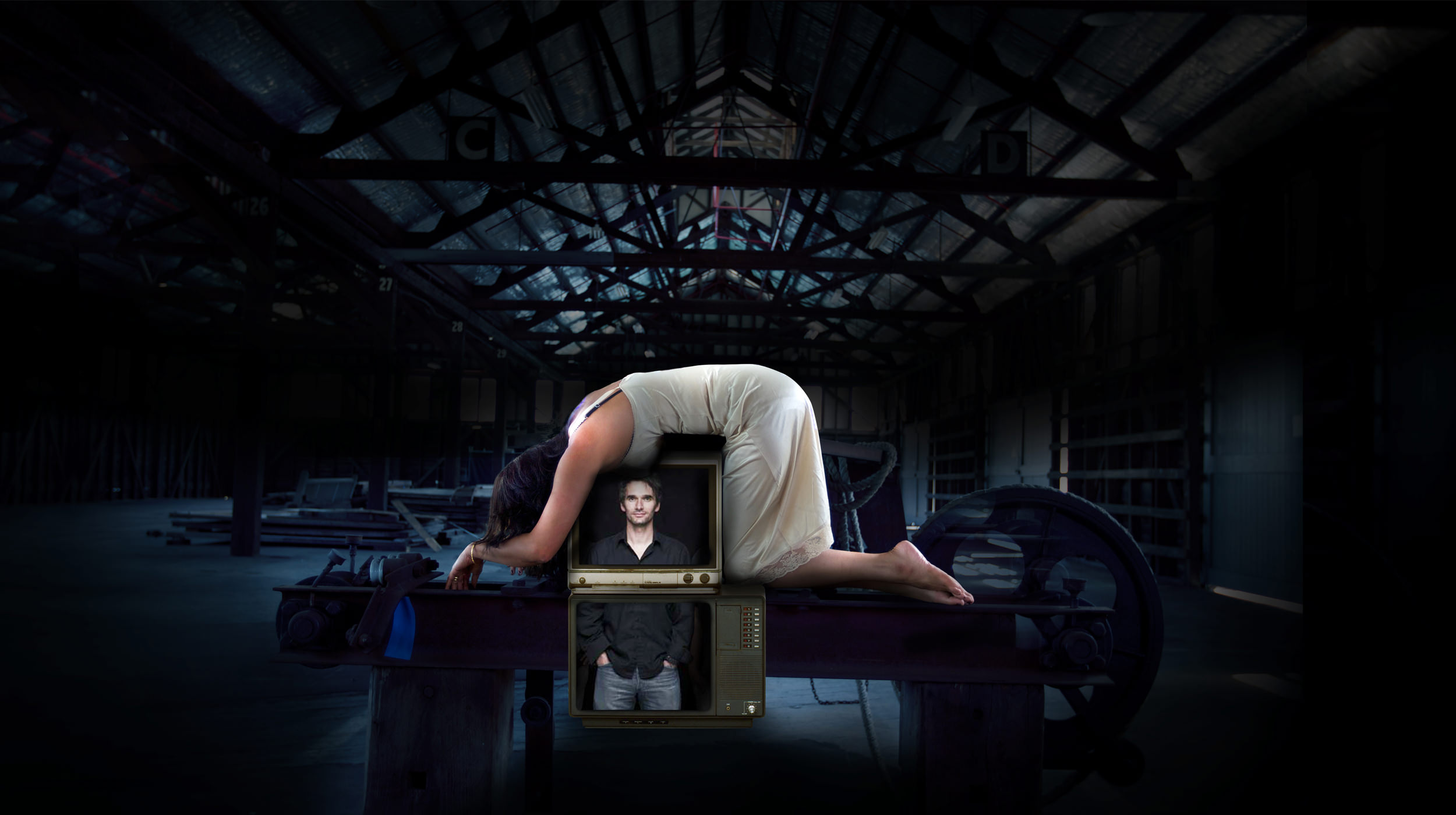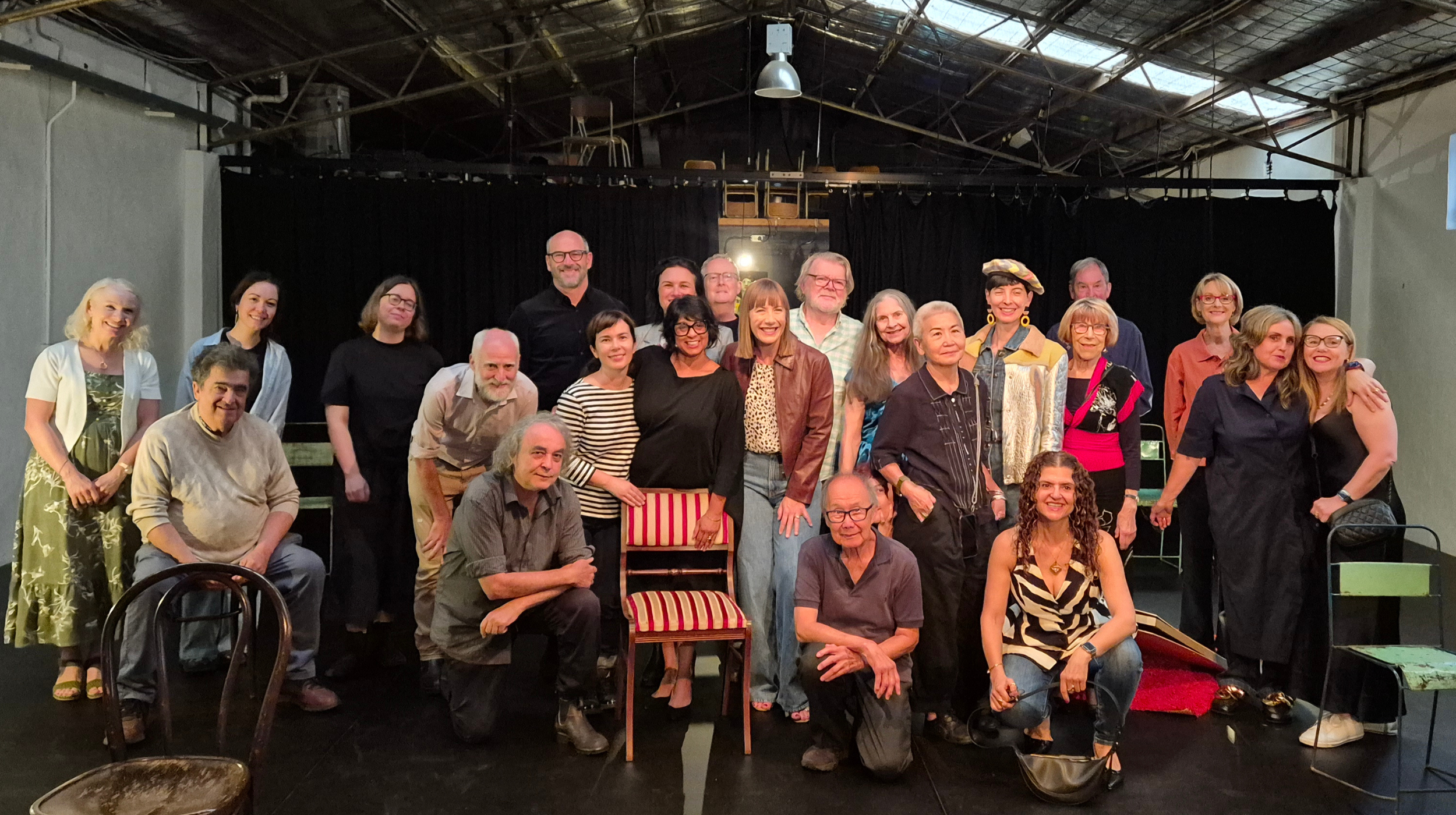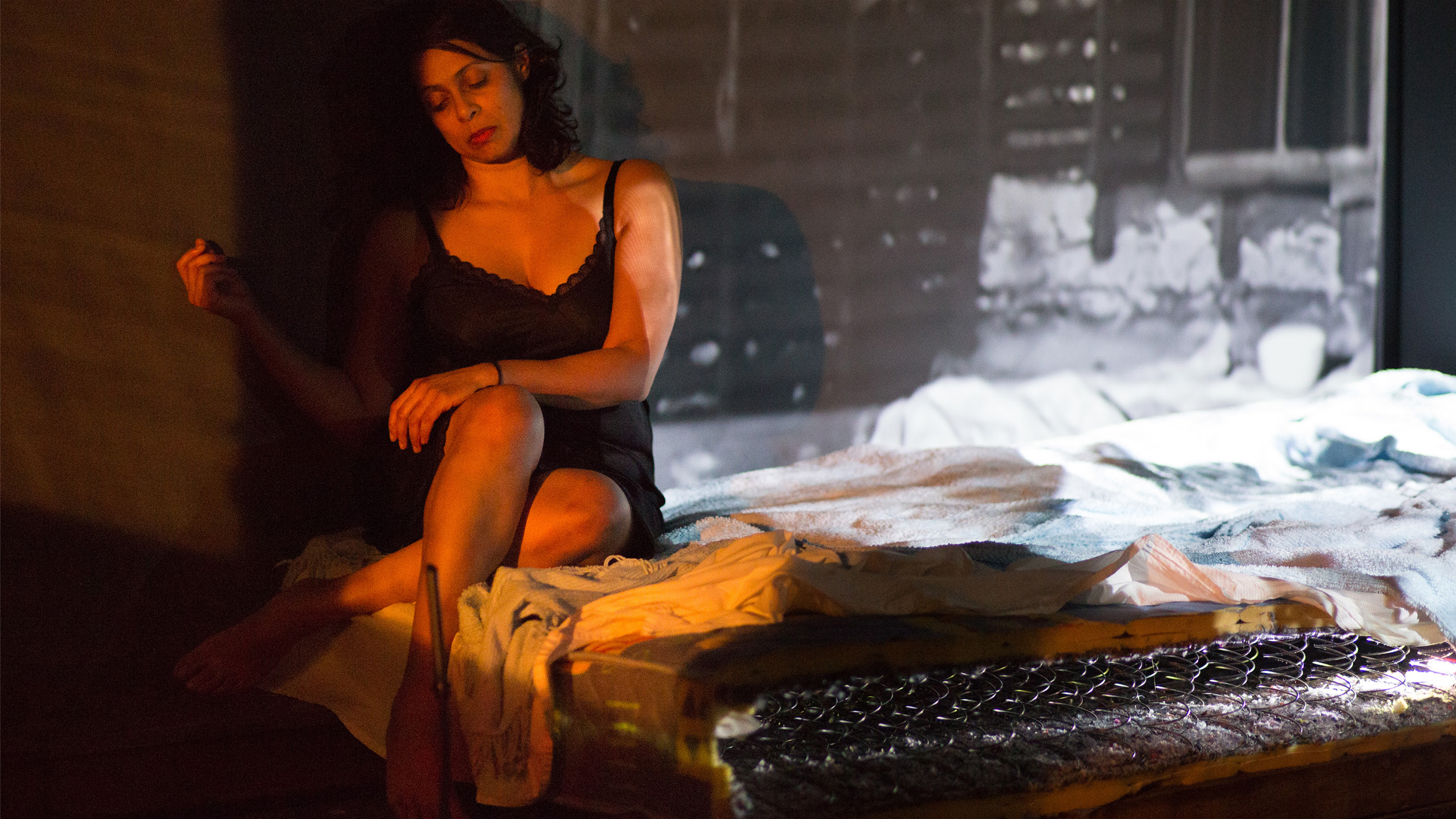
Trauma and Architecture: The I Love Todd Sampson project
Words by Dr Chris L. Smith
04.02.2013
What are the connections between trauma and architecture? “The Rooms of the ‘I Love Todd Sampson’ are like these fragments; at once architecture and entirely of emotion and trauma.” This article by Dr Chris L. Smith is adapted from the presentation given Chris at the opening of I love Todd Sampson, at the Sydney Architecture Festival in 2012.
There are three key characters to Jean Cocteau’s novel of 1929, Les Enfants Terribles (The Terrible Children). There are the brother and sister Elisabeth and Paul and then there’s the architecture or what they call ‘The Room’.
Les Enfants Terrible tells the story of the brother and sister. Of their dying mother and absent father. Of their fixations and bumbling flirtations. Of growing up and of their attempts to build a life for themselves. They need to build a life for themselves because in these circumstances no one else will. It is the place in which this building occurs that forms what might be thought of as the third key character of the novel: the Room. It is ‘the Room’ in which Elisabeth and Paul isolate themselves and play out their trauma.The strewn boxes and posters and blankets and beds were collapsing in upon themselves much as the brother and sister did.
…
With the painful and tortuous ‘games ‘aimed at hurting feelings. Anxieties and tensions and love played themselves out across the floors and up the walls.
…
Our rooms tend to wash over us as we wash over them. There is a sense by which beige walls make us a little more beige. By which stone floors make us colder and by which windows that frame views frame us. In the more poignant of emotional intensities. In love and joy and in fear and trauma we always make a space, we build a life.
…
I do feel that all my traumatic moments have played themselves out under the glare of fluro lights. Births, deaths and screams are always washed in this dire clinical light. All my bruises are a whitish blue. For me, every architectural assault relates to a flero.
…
Much like Cocteau’s terrible children we all scream, cry, bleed, love, fight and fuck in and of architecture. Most of our emotional lives, our traumas occur ‘inside’ the home. Inside rooms. It is not considered ok for a man or woman to cry on the street. It is not ok to bleed in a public toilet. It is not okay to die on a train nor to be born on a bus. Those that make the rules for our society tell us that it is not ok. This is because feelings are dangerous things. Feelings are forced into and confined to the ever smaller domestic spaces, homes, rooms. You only really see feelings in the private confines of a room. Those most human of things, feelings and traumas are interiorised: they are things we only express in the comfort of bathrooms and our bedrooms. Smaller interior spaces. And we are forced into our homes and into specific rooms to express them.
Love and hate run through an interior of a room like arrows with eccentric projectiles. Houses are for stale and banal people, for architects to photograph and for students to analyse. Homes and rooms, on the other hand, are for rages and fires of emotions. The mad rages, the drunken sadness’s and the screams of loves lost. A thousand fragments and an infinite number of experiences.
It is not that trauma is ours and that it occurs in places. It is that trauma itself is an architecture, a room. The Rooms of the ‘I Love Todd Sampson’ project are like these fragments at once architecture and entirely of emotion and trauma. The language of trauma itself is a language of architecture. The collapse, the destruction, the black holes and voids of trauma are all at once of the body and architecture. I imagine this is what led Jean-Paul Sartre, the existential
Philosopher and contemporary of Jean Cocteau to suggest “I am my house in as much as the bomb that destroys my house destroys me”. He reminds us that trauma does not enter via doors, nor does it have a key. There is a ‘dual interior’- of us and our homes, our rooms. In talking of the destruction of a home, Sartre ties its fragmentation to ours.
There is nothing sadder than seeing the guts ripped out of a building. We cannot help but look twice when we see a house with its frame bare or a room without a wall. It is like looking inside someone.
…
But it’s not all bad—and trauma often leads to, to building, to rebuilding, to the laying of a more solid foundation, and the glimmers of light that move through a newly placed window are also at once bodily and architectural. Indeed the title of Cocteau’s novel, ‘Les Enfant Terribles’ relies on the idea that ‘terrible children’, ‘enfant terrible’, is a term used to describe those brave ones who speak clearly, candidly and openly. Who address the traumas of the adult world positively in building lives for themselves? In building rooms?
And so it is with The Living Room Theatre, and the ‘I Love Todd Sampson’ project. In this regard, The Living Room Theatre is just that—an affirmation of living, of life. It is a testimony to not only the cuts, screams, fucks and fights of trauma that architecture enfolds but to the moments of redemption, of love and joyous intensities, to the heights of Everest and the type of light that lights both rooms and lives.
Dr Chris L. Smith is the Associate Professor in Architectural Design and Technê and the Chair of the Architecture History and Theory research group at the University of Sydney. His research is concerned with the complex connection of bodies and buildings—a connection he locates at the interdisciplinary nexus of philosophy, biology and architectural theory. Chris has published an edited book, Architecture in the Space of Flows (2013) and 9 book chapters aver the last 5 years. He has a monograph in production with Bloomsbury (London) titled Bare Architecture: a schizoanalysis, [for publication 2017]. Presently Chris is concentrating upon an Australian Research Council project focussed on the architectural expression of scientific ideals in bio-medical laboratories and a forthcoming co-authored book titled LabOratory. More information
Article adapted by Anastasia Mortimer


